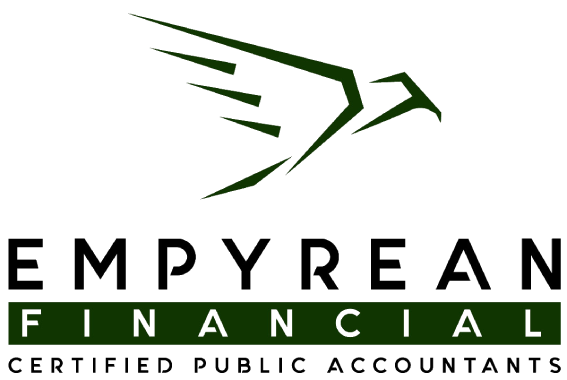Introduction
The first step to tackling any problem is understanding it clearly. As a small business owner, paying too much in taxes is a challenge you don’t want to overlook. The next step is identifying the reasons behind a high tax bill and finding ways to reduce it. In this article, we will explore the causes of high taxes and strategies to help lower your tax burden.

Why Are My Taxes So High?
There are several possible reasons, but the primary one is simple—you’re making money! Congratulations! The more profitable your business is, the higher your tax liability, as taxes are typically based on a percentage of income.
However, that doesn’t mean you have no control over the amount of taxes you owe. Some key factors that contribute to a higher tax bill include:
- Missed deductions and credits
- Poor expense management
- Improper use of depreciation and amortization
- Underutilization of retirement accounts
- Lack of proactive tax planning
- Choosing the wrong business structure
How Can I Lower My Taxes as a Small Business Owner?
Many business owners look for a single, game-changing tax deduction, but the reality is that effective tax savings require a strategic approach. A crucial step is working with a tax professional or CPA to create a tax projection—also known as a tax forecast or estimate.
A tax projection is a financial analysis that predicts and prepares for future tax liability. By estimating expected taxes based on current financial data and anticipated changes, a CPA can offer tailored recommendations and identify tax-saving opportunities.
What Information Is Needed for a Tax Projection?
To prepare an accurate tax projection, your CPA will need:
- Financial statements, including profit and loss statements and balance sheets
- Revenue and sales details, categorized by product or service
- A breakdown of business expenses, including operating costs and COGS (Cost of Goods Sold)
- Recent tax returns to assess historical tax liabilities and deductions
- Depreciation schedules outlining asset costs, useful life, and depreciation methods
- Payroll information, including employee salaries, benefits, and payroll taxes
- Details on major capital expenditures, such as equipment and property purchases
- Loan and debt details, including interest payments
- Quarterly estimated tax payments to determine contributions toward current-year tax liabilities


How Much Does a Tax Projection Cost?
The cost of a tax projection varies. Since it’s a detailed process, it requires time and effort, making it an investment rather than an expense. The price may depend on factors such as:
- Business Complexity – More revenue streams, employees, and expenses mean a more detailed projection.
- Bookkeeping & Organization – Well-organized financial records streamline the process, reducing costs.
- Tax Law Changes – If recent tax laws impact your business, extra research may be required.
- Communication – Promptly providing necessary information to your tax professional helps keep costs down.
When Should You Request a Tax Projection?
Before year-end—well before December 26-31! CPAs and tax professionals are busy and have personal lives too. The best time to request a tax projection is between mid-October and mid-November. This gives you time to implement tax-saving strategies, such as:
- Opening and funding retirement accounts
- Issuing employee bonuses
- Purchasing and placing equipment into service
Another great time to plan is July and August, when your CPA can evaluate year-to-date income and make mid-year recommendations.
Find the Right Tax Professional
Taxes are complex, and every business is unique. Consulting a knowledgeable CPA or tax professional is essential for navigating tax laws and identifying the best strategies for your specific situation. Working with an expert ensures that you are not overpaying in taxes and are taking full advantage of the tax-saving opportunities available to your business.







